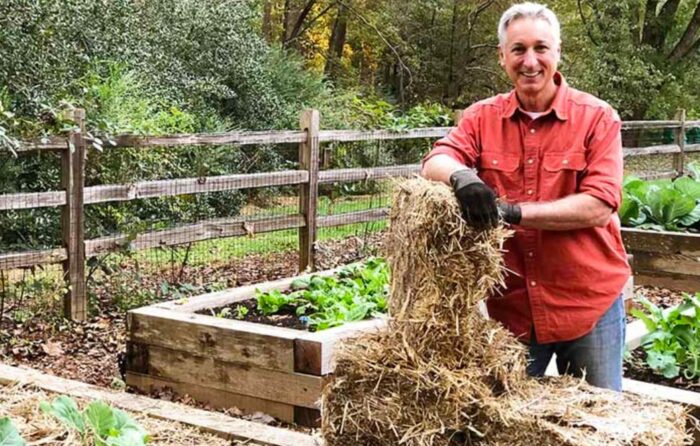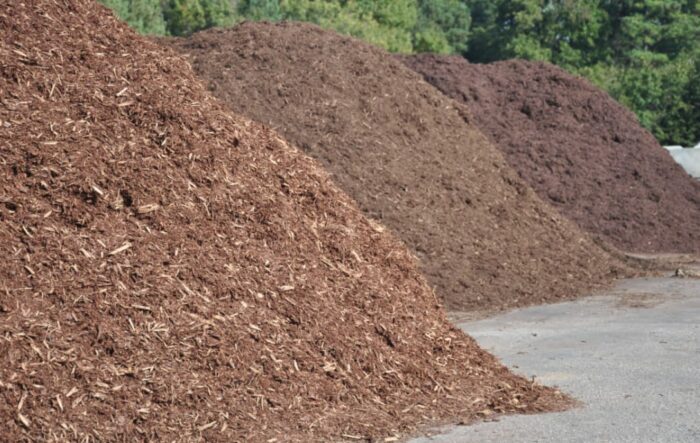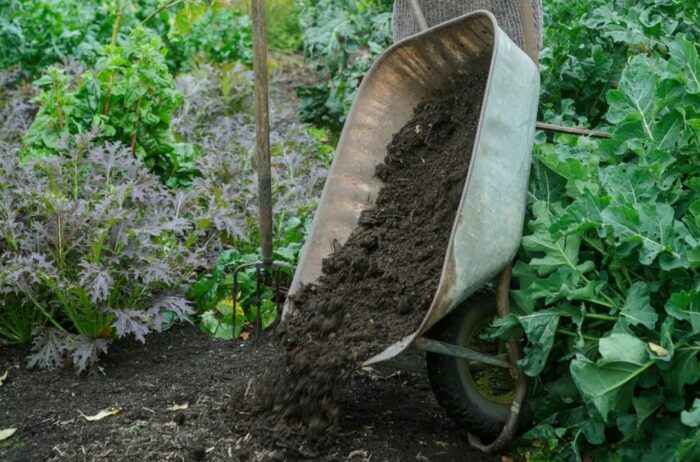A variety of mulching options are available for purchase, or you can even create your own. Consider mulch as a protective layer for your soil that can enhance moisture retention by as much as 70%. It’s crucial to select a mulch that aligns with your needs, your garden’s requirements, and your budget.
The process of mulching isn’t necessarily precise — through a bit of experimentation, you’ll discover what suits your garden best. Incorporating mulching into your sustainable gardening practices can provide significant benefits.
The Multipurpose Role of Mulch in Your Garden

So, why mulch? The advantages are manifold. Mulch serves as an insulator for the soil, acting as a protective blanket that mitigates extreme temperature fluctuations, ensuring your garden remains healthy through all seasons. It also plays a crucial role in weed control, suppressing their growth and reducing your garden maintenance workload.
Moreover, mulch excels at moisture conservation. It reduces the rate of evaporation, keeping your soil sufficiently hydrated and fostering the growth of your plants. The benefits stretch even further; mulch serves as a shield against soil erosion, preventing the precious topsoil from being washed away during heavy rains or windy weather.
Not only does mulch protect, it also improves the soil over time. It protects the soil surface from drying out through evaporation, enhances the soil’s aeration, and aids in preventing soil compaction, all contributing to a healthy and vibrant garden ecosystem.
Aesthetically, mulch adds a finishing touch to your garden. It covers up bare spots, providing a uniform look that appeals to the eye.
Organic mulches offer a natural, rustic charm, while inorganic mulches impart a more polished, formal appeal. Whichever type of mulch you choose, it’s clear that mulch not only looks attractive but also brings a wealth of benefits to your garden.
Diversified Mulching Solutions: Organic, Inorganic, and Living Mulch

Mulching can be segmented into three primary categories: Organic Mulch, Inorganic Mulch, and Living Mulch. It is important to note that the use of any mulch is advantageous and far superior than leaving the soil bare.
Organic Mulch
Organic mulch comprises natural elements like wood or bark-based materials, compost, straw, hay, shredded leaves, leaf mould, lawn clippings, cardboard, or newspaper. These mulches gradually break down, enriching the soil with nutrients.
Earthworms are attracted to these organic materials, further enhancing soil health by dragging the mulch underground and contributing with their nutrient-rich castings. This type of mulch maintains the soil temperature by keeping it warm in winter and cool in summer while ensuring consistent moisture levels throughout the year.
Inorganic Mulch
Inorganic mulch includes elements such as rocks, gravel, brick chips, lava rocks, crushed stones, and pebbles.
These are an excellent choice for xeriscape gardens, rock gardens, or high-traffic pathways. Unlike organic mulch, inorganic mulch does not decompose and, hence, does not supply any organic matter to your soil, leaving the soil quality relatively unchanged.
Living Mulch
Living mulch is essentially ground cover plants or crops that are densely planted to cover all bare soil. Some gardeners also use cover crops as a form of living mulch to enhance the soil’s fertility.
Living mulch is beneficial in minimising evaporation and preventing soil erosion, contributing to a healthy soil ecosystem.
Varieties of Organic Mulch

Wood Chips
Wood chips are a natural byproduct of pruning or removing trees and serve as an environmentally friendly choice for mulch. They’re best when finely shredded and untreated.
Though dyed chips may seem appealing, they can often contain treated wood. Large chips, while visually attractive, may wash away in heavy rain. These chips should be used sparingly, with a recommended depth of no more than 2 inches (5cm) to avoid any potential issues.
They should also be kept away from plant stems or tree trunks to prevent diseases. One thing to note is that wood chip mulch may cause a nitrogen deficiency at the soil’s surface, so they’re best used in beds with well-established plants with deeper root systems.
Mixing leaves with the wood chips can help balance out this deficiency. Wood chip mulch supplies are both budget-friendly and easy to obtain.
Shredded Leaves or Composted Leaves
Leaf mulch, created from fallen leaves, is a great eco-friendly alternative. The conversion to humus by microbes takes time, but the outcome is nutritious for your garden. Storing leaves in compost bags for a year can yield a substantial amount of mulch for the following year.
If you can’t wait, partially decomposed leaves also work well. Shredded leaves break down faster and can be obtained by mowing them or using a garden string trimmer in a large barrel or trash can.
Grass Clippings
If left on the lawn after mowing, grass clippings can decompose quickly and nourish the underlying grass. When used as a mulch, it’s best to layer them thinly to allow water to penetrate. Too thick a layer can form a crust and block water absorption.
Compost
Compost serves as a soil conditioner and a mulch, offering dual benefits. It can improve soil quality significantly over time, particularly in clay soils, leading to better drainage and pH balance. While compost decomposes faster than most mulches, it can be replenished as needed.
Straw-Based Mulch
Straw is a common choice for vegetable gardens and is available in various types, including wheat straw, lucerne, and pine straw.
Opt for weed-free, certified organic straw to avoid any herbicides. When using straw, break it up and layer it up to 6 inches (15cm) deep. The mulch decomposes quickly, so it may need frequent replenishing.
Hay
Hay, harvested while still green, can contain weed seeds. However, if you let it partly decompose, most of the seeds will sprout before you use it. Hay provides a rich layer of nutrients for your plants, although it can also attract slugs in wet areas.
Prunings from Your Chipper
Prunings from your garden can be shredded and used as a free and sustainable mulch. Shredded branches are high in carbon, while leaves are rich in nitrogen, so it’s best to shred and combine the two for optimum soil improvement.
Conclusion

Mulch is an essential element in a healthy garden that serves many purposes. It not only adds visual appeal but also offers various benefits to your plants and soil.
By choosing the right type of mulch, you can enhance the overall health of your garden while minimising the use of chemical fertilisers and pesticides. Whether you opt for organic, inorganic, or living mulch, remember to replenish it regularly and keep it away from plant stems or tree trunks.
 Jessica Paster The Future is Green
Jessica Paster The Future is Green